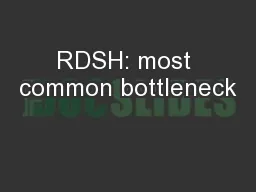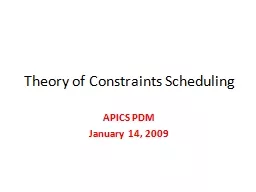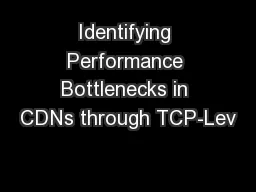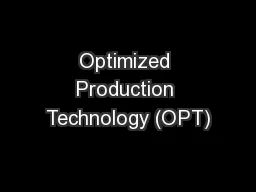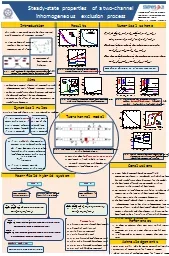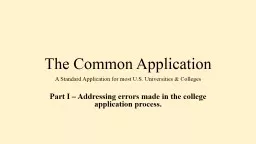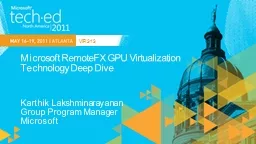PPT-RDSH: most common bottleneck
Author : danika-pritchard | Published Date : 2018-09-16
RDGW next most common bottleneck RDCB large deployments during logonrestart storms RDWEB t ypically not limiting factor RD Role Service Scale Limitations RDSH
Presentation Embed Code
Download Presentation
Download Presentation The PPT/PDF document "RDSH: most common bottleneck" is the property of its rightful owner. Permission is granted to download and print the materials on this website for personal, non-commercial use only, and to display it on your personal computer provided you do not modify the materials and that you retain all copyright notices contained in the materials. By downloading content from our website, you accept the terms of this agreement.
RDSH: most common bottleneck: Transcript
Download Rules Of Document
"RDSH: most common bottleneck"The content belongs to its owner. You may download and print it for personal use, without modification, and keep all copyright notices. By downloading, you agree to these terms.
Related Documents

